Cappadocia is a historical region in Central Anatolia, largely in the Nevşehir, Kayseri, Kırşehir, Aksaray, and Niğde Provinces in Turkey. The name, traditionally used in Christian sources throughout history, continues in use as an international tourism concept to define a region of exceptional natural wonders, in particular characterized by fairy chimneys and a unique historical and cultural heritage. Cappadocia was known as Hatti in the late Bronze Age, and was the homeland of the Hittite power centred at Hattusa. After the fall of the Hittite Empire, with the decline of the Syro-Cappadocians after their defeat by the Lydian king Croesus in the 6th century, Cappadocia was ruled by a sort of feudal aristocracy, dwelling in strong castles and keeping the peasants in a servile condition, which later made them apt to foreign slavery. It was included in the third Persian satrapy in the division established by Darius but continued to be governed by rulers of its own, none apparently supreme over the whole country and all more or less tributaries of the Great King.
Kappadokien ist eine Landschaft in Zentralanatolien in der Türkei. Das Gebiet, das als Kappadokien bezeichnet wird, umfasst heutzutage hauptsächlich die Provinzen Nevşehir, Niğde, Aksaray, Kırşehir und Kayseri. Einer der bekanntesten Orte ist Göreme mit seiner aus dem weichen Tuff herausgehauenen Höhlenarchitektur. Göreme gilt als das Zentrum Kappadokiens, der dort befindliche einzigartige Komplex aus Felsformationen wurde 1985 von der UNESCO als gemischte Kultur- und Naturerbestätte „Nationalpark Göreme und die Felsbauten von Kappadokien“ in die Liste des UNESCO-Welterbes aufgenommen. Eine weitere Besonderheit ist eine Vielzahl unterirdischer Städte, deren bekannteste Kaymaklı und Derinkuyu sind, die von Archäologen seit den 1960er Jahren freigelegt wurden. Weitere bekannte Städte sind Ürgüp und Avanos.
卡帕多细亚,又称为卡帕达奇亚,亚洲历史上的一个地区名,大致位于历史上安纳托利亚地区中部,现今土耳其内夫谢希尔、开塞利、阿克萨赖、尼代。在古希腊历史学家希罗多德的时代,卡帕多细亚包括了从托罗斯山脉至黑海之间的广大地域。 光阴荏苒,历史上不断有入侵者对卡帕多奇亚产生兴趣。其中的波斯人称卡帕多奇亚为”Katpatuka”,在古波斯语中的意思为”纯种马之国”,这是因为当时卡帕多奇亚人用马匹作为祭品。卡帕多奇亚的奇岩地貌仿佛月球的表面,绵延几千公里。而它的魅力远不止于此。卡帕多奇亚在历史上有很长一段时间与世隔绝,不通音信。在这里,自然的伟大力量锻造出了世上独一无二的神奇地貌。这种地貌的形成起源于几百万年前Erciyes、Hasandag和Golludag三座火山的喷发。喷出的大量岩浆冷却、钙化,凝固成的风化岩层具有良好的可塑性,易于受腐蚀。之后,较耐腐蚀的玄武质火山岩覆盖了松软的风化岩层。随着时光的流逝,玄武质岩石碎裂,变得疏松,将松软的风化岩重又暴露出来。慢慢地,除了被玄武岩象伞一样遮盖起来的地方外,雨水把风化岩石侵蚀出一条条沟壑,形成了陡峭的神奇烟囱景观。
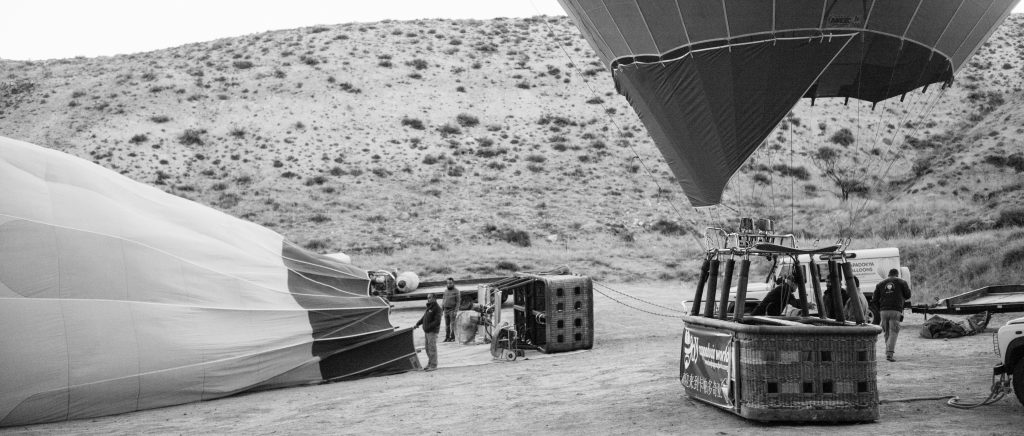
Warm up at 6 am 
“Pioneer 1” and “Pioneer 2” 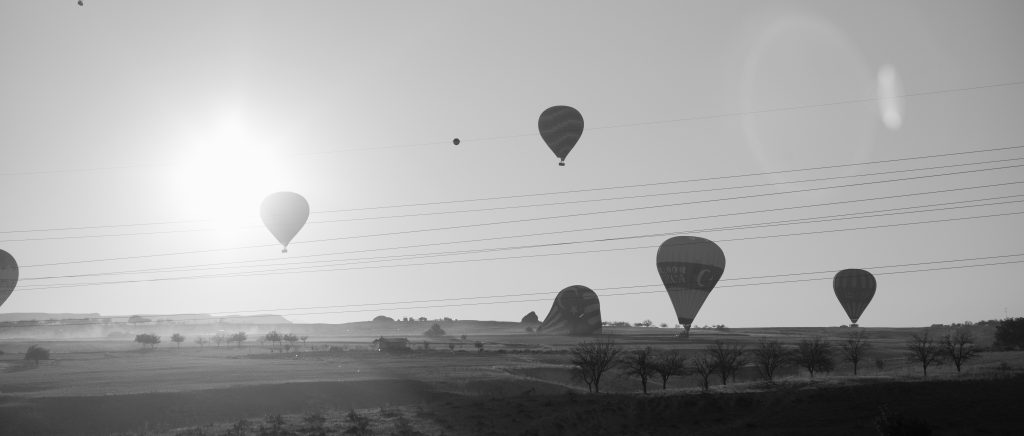
Rush hour 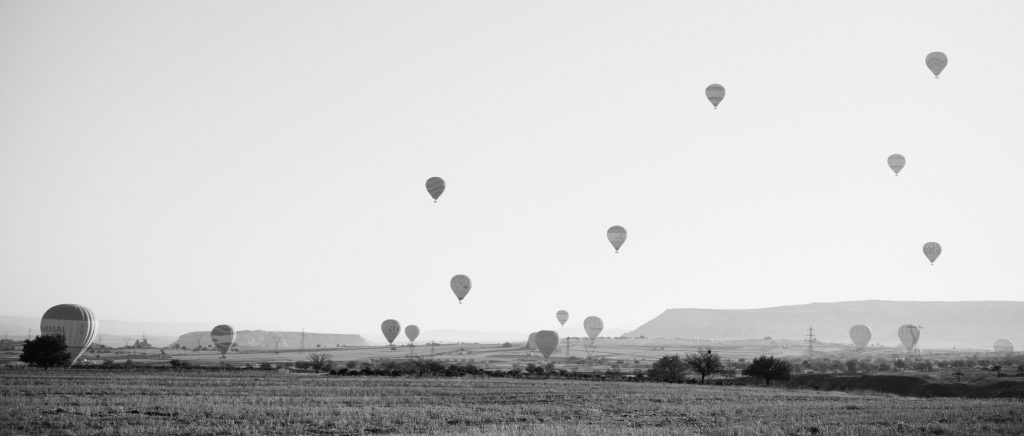
Rush rush hour 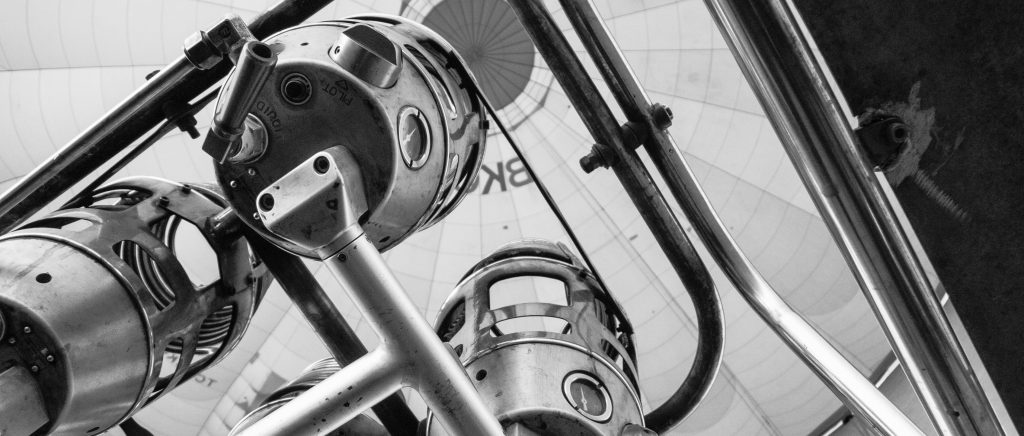
It’s our turn now 
I’m a little nervous, sorry! 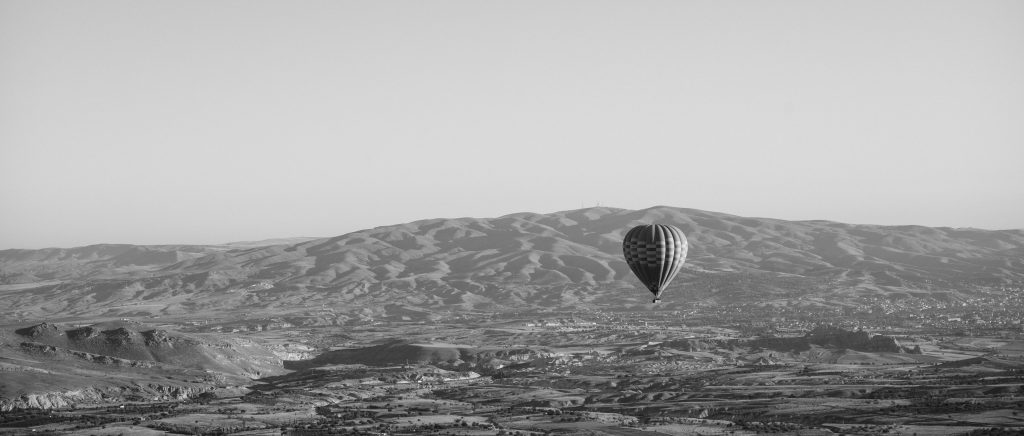
God’s eye view 01 
God’s eye view 02 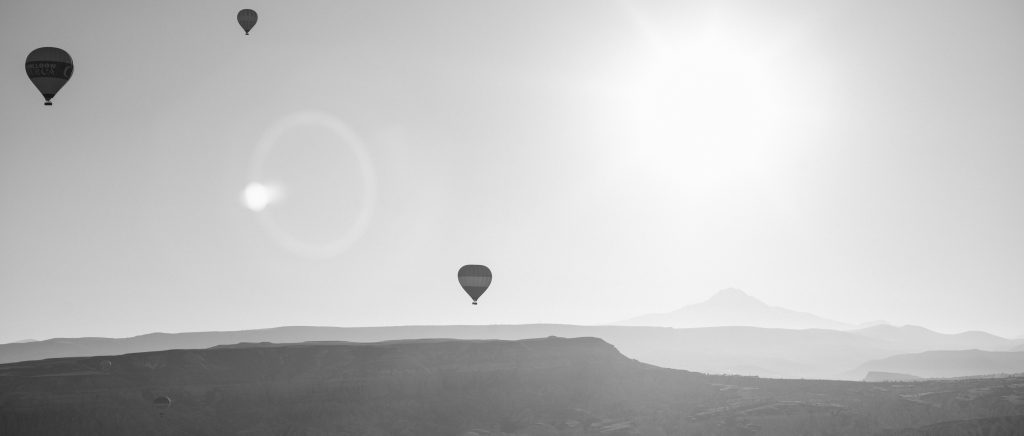
God’s eye view 03 
God’s eye view 04 
God’s eye view 05 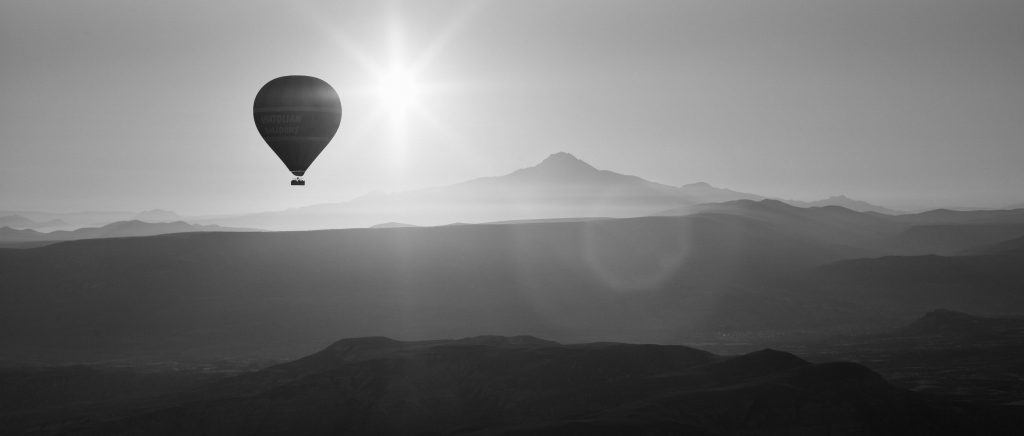
God’s eye view 06 
God’s eye view 07 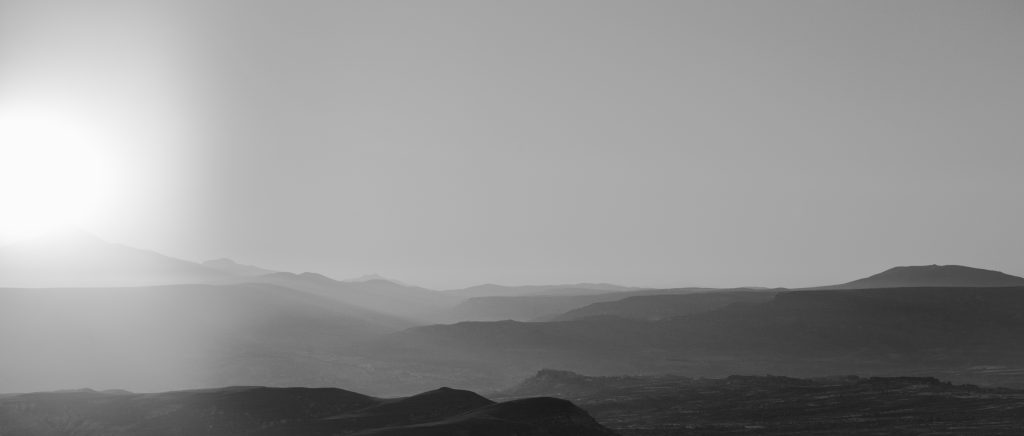
God’s eye view 08 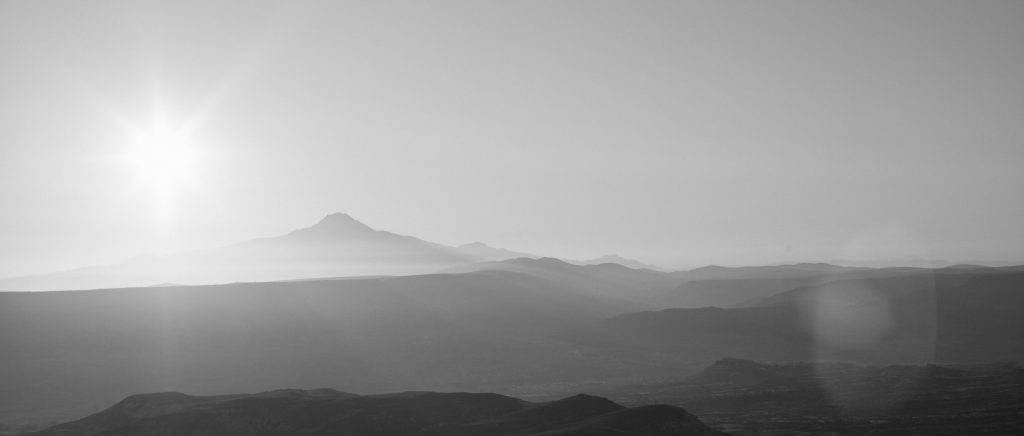
God’s eye view 09 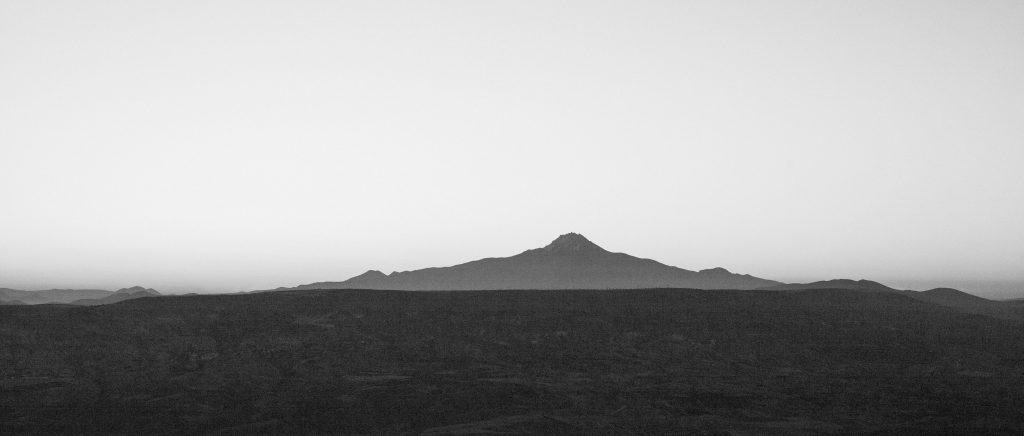
God’s eye view 10 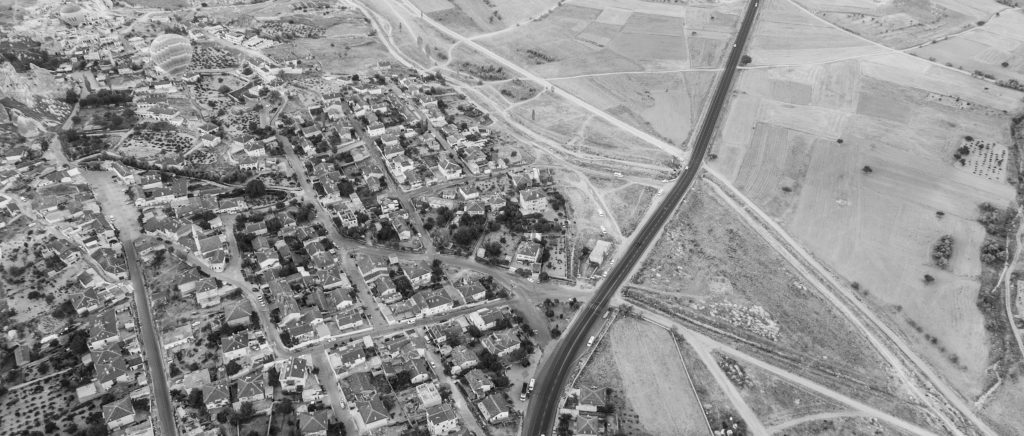
God’s eye view 12 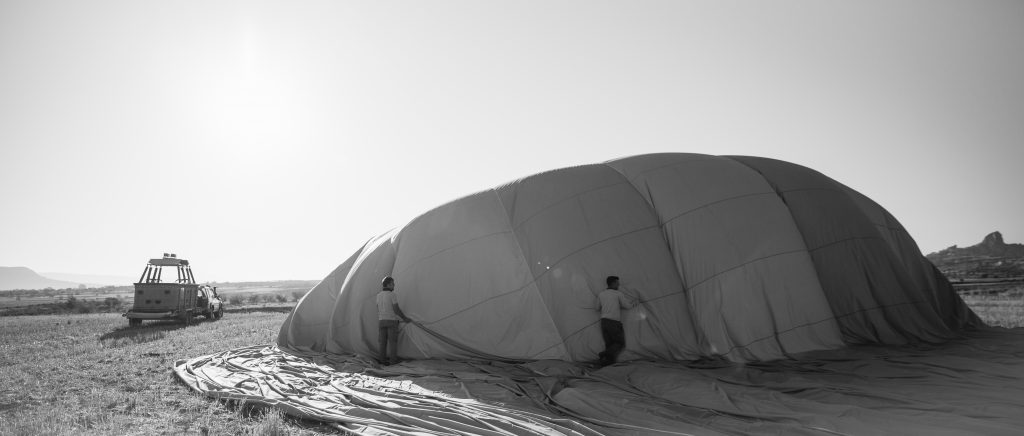
“The eagle has landed” – Balloon packing 1 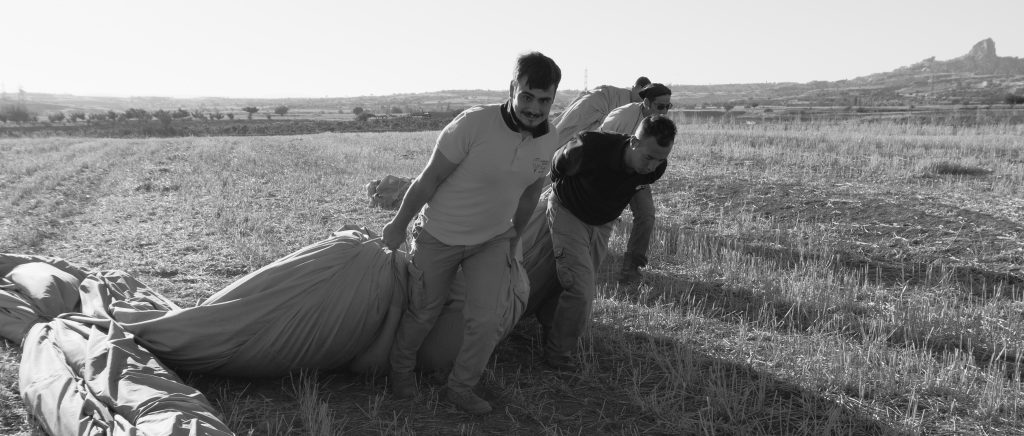
“The eagle has landed” – Balloon packing 2 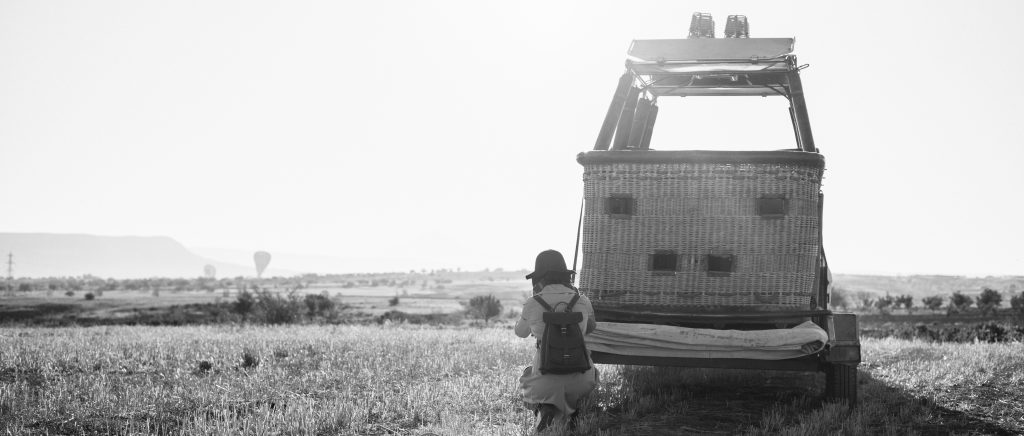
Photo time 
Alcohol before noon 
Team members 
Our cave hotel 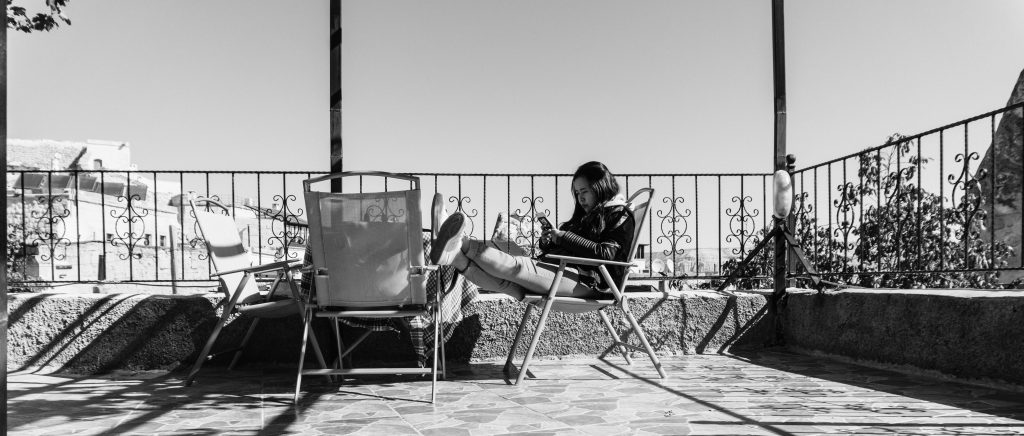
Pause after flying
